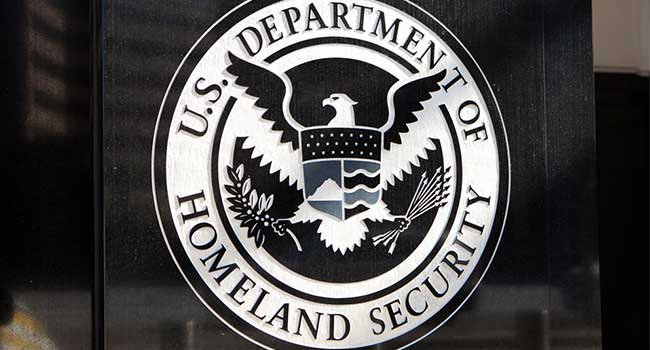
DHS to Boost Cybersecurity of First Responders' Tech
The Department of Homeland Security is looking to boost cybersecurity of advanced first responder technology.
The Department of Homeland Security is realizing that any piece of technology, even networks used by first responders, can be hacked.
The agency is giving nearly $750,000 to a small business to develop technology to improve the cybersecurity of mobile device-based sensor networks used by first responders.
DHS' science and technology directorate announced the award Monday, lauding it as an effort to protect data used by first responders from cyber criminals as the network is comprised of a group of internet-connected sensors that collect and transmit data. That data can then be used to monitor and analyze physical or environmental conditions.
“Strengthening the security of first responder sensor networks is needed to protect data flows from attack by cybercriminals,” DHS’s acting undersecretary for science and technology, William Bryan, said in a statement. “The security enhancements developed through this project will be designed to ensure the system can be accessed and used only by approved devices and operators.”
The award is going to a company called Metronome Software through the Small Business Innovation Research program to develop a technology solution to improve the security of mobile sensor networks.
DHS is currently working to deliver advanced communications and other technology to first responders through a five-year program called the Next Generation First Responder Apex Program. As part of its work, the program is integrating plug-and-play sensors and mobile communications devices to help first responders gain access to and analyze data on the ground.
With the award, Metronome will be responsible for developing a security overlay to ensure the framework and infrastructure of the sensor system is secure.
“Because there is minimal security built into Internet of Things (IoT) devices and sensors and few security applications for them, they are susceptible to cyberattacks,” Vincent Sritapan, the mobile security program manager, said. “This project will add a security overlay for first responder IoT sensors and all other government IoT devices.”